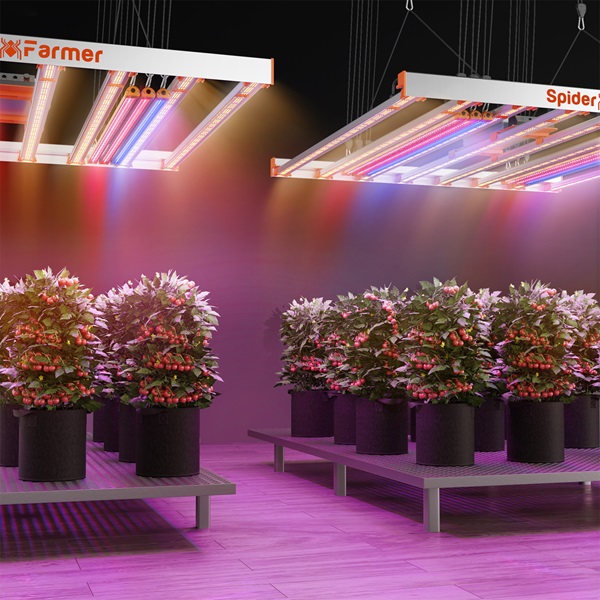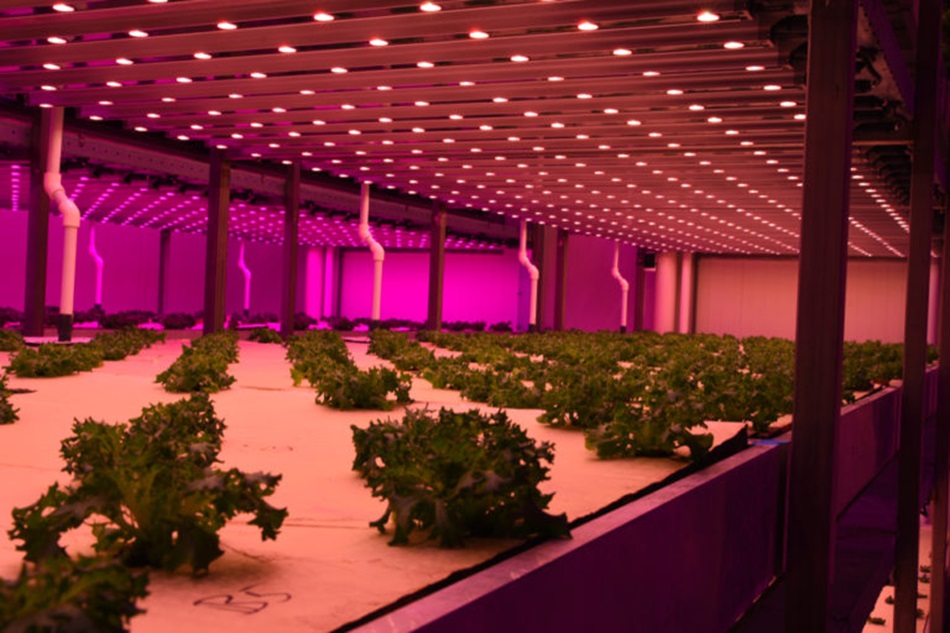LED grow lights have revolutionized the world of gardening by offering an energy-efficient and sustainable alternative to traditional lighting methods. These innovative lights provide the optimal spectrum of light needed for plant growth while consuming significantly less energy. With advancements in technology, grow lights are now more affordable and accessible, making them an ideal choice for both amateur gardeners and professional horticulturists. Their long lifespan, low heat output, and customizable light spectrums make these lights the future of indoor and greenhouse gardening.
LED grow lights Vs traditional lighting
LED grow lights surpass traditional lighting methods by offering superior energy efficiency, reduced heat output, and customizable light spectrums tailored to plant needs. Unlike incandescent or fluorescent lights, LEDs consume significantly less power, resulting in lower electricity bills and a smaller carbon footprint. Their low heat emission minimizes the risk of plant damage and allows closer placement to foliage. Additionally, the ability to fine-tune the light spectrum ensures optimal growth conditions for various plant stages, making LEDs a more versatile and sustainable choice for both indoor and greenhouse gardening.
Future of indoor gardening
LED grow lights represent the future of indoor gardening due to their unmatched energy efficiency, longevity, and versatility. These lights provide the precise light spectrum needed for various plant growth stages, ensuring healthier and more robust plants. Their low heat output reduces the risk of overheating and allows for closer placement to plants, optimizing space usage. Additionally, advancements in LED technology have made these lights more affordable and accessible. By significantly lowering energy consumption and offering customizable lighting options, LED grow lights are poised to become the standard for both amateur and professional indoor gardeners.

Types of plants and veggies grows under grow lights
LED grow lights are versatile and can support the growth of a wide variety of plants and vegetables. Leafy greens like lettuce, spinach, and kale flourish under these lights due to their need for consistent light exposure. Herbs such as basil, parsley, and cilantro also thrive, benefiting from the customizable light spectrum. Fruiting plants like tomatoes, peppers, and strawberries can achieve robust growth and higher yields with LEDs. Additionally, flowering plants such as orchids and succulents respond well to the precise light conditions provided by LED grow lights, making them ideal for diverse indoor gardening projects.
Spider Farmer LED grow lights are renowned for their high efficiency, durability, and advanced technology. These lights utilize Samsung LM301B diodes, which provide a full spectrum of light ideal for all plant growth stages. With an impressive energy efficiency of up to 2.9 μmol/J, Spider Farmer lights ensure lower electricity costs and higher yields. Their robust construction includes a fanless design for silent operation and superior heat dissipation. Additionally, the dimmable feature allows for precise control over light intensity, making Spider Farmer grow lights a top choice for both amateur and professional indoor gardeners.
Conclusion
In conclusion, LED grow lights have revolutionized indoor and greenhouse gardening by providing an energy-efficient, sustainable, and highly effective lighting solution. Their ability to deliver the precise light spectrum needed for various plant growth stages ensures healthier and more robust plants. With advancements in technology making them more affordable and accessible, LED grow lights are poised to become the standard for both amateur and professional gardeners. Their long lifespan, low heat output, and customizable features make them an indispensable tool for anyone looking to optimize their gardening efforts while reducing energy consumption and environmental impact.

